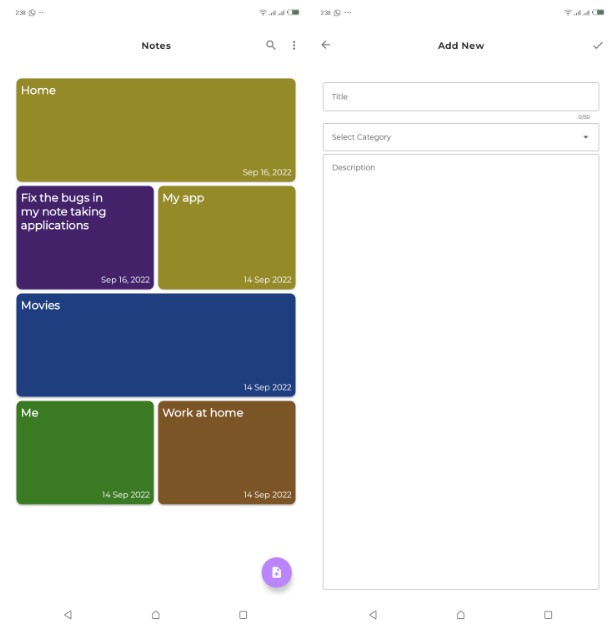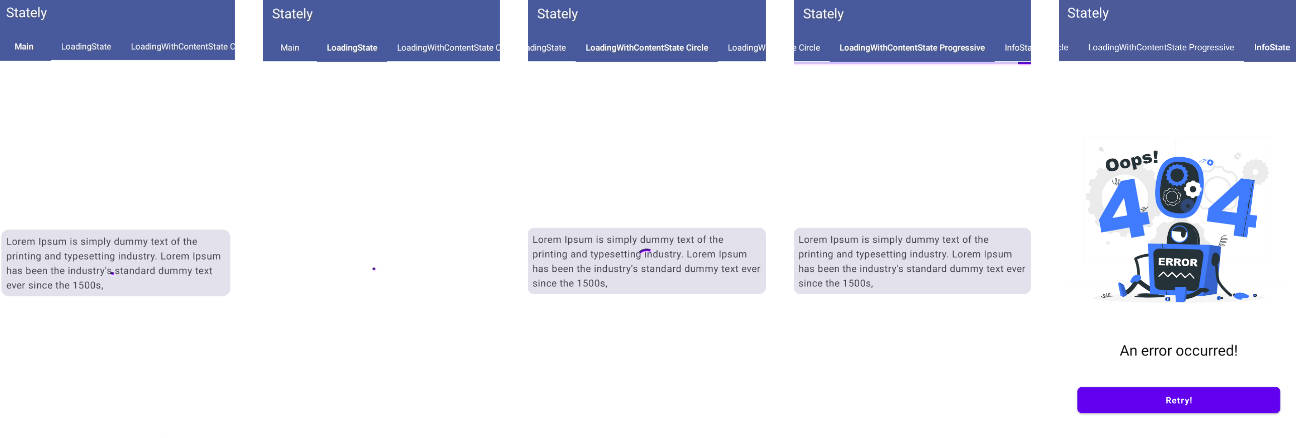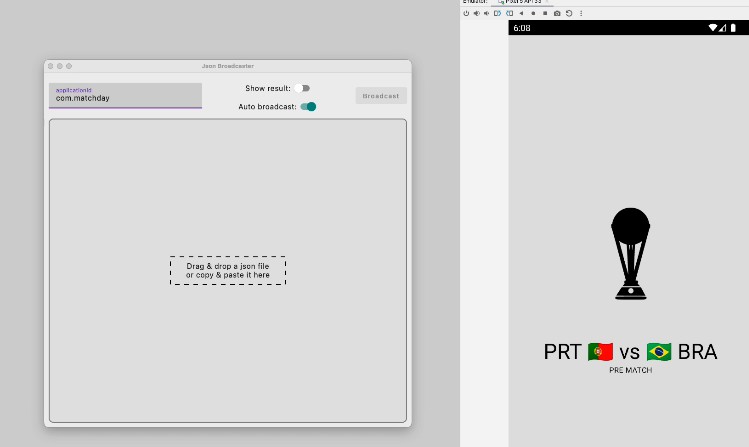compose-undo
Track changes to any snapshot state object and restore state from any point in the past.
Usage
The simplest way to get started is to use the WithStateHistory composable:
@Composable
fun App() {
WithStateHistory { history ->
var text by remember { mutableStateOf(TextFieldValue("")) }.trackStateChanges()
TextField(text, onValueChange = { text = it })
Button(onClick { history.undo() }) {
Text("Undo")
}
}
}
The key is to call trackStateChanges on every snapshot state object you want to track. If you’re
creating state objects outside a composition, call StateHistory.startTrackingState and
stopTrackingState yourself.
Advanced usage
The main API is the StateHistory class. See
its kdoc for more detailed
information.
Demo
This repo includes a demo app you can run and tinker with if you fork the repo. Here’s a little preview:
compose-undo-demo.mp4
How it works
StateHistory keeps a set of all the state objects that were registered on it. It registers an
apply listener to the snapshot system, and any time a snapshot is applied to the global snapshot it
checks if any of the objects changed by that snapshot are being tracked. For every tracked changed
object, it makes a copy of its latest state record. It collects all changes to tracked objects in a
map (called a “frame”), then when saveFrame is called, it pushes that map onto the list of frames
that represents the history.
When asked to restore states to a particular frame, it goes through every tracked state object and searches the frame list from the requested frame to find the latest frame that captured a change to that object. It then asks the snapshot system for a writable record for that object and copies the saved record back into the writable record, effectively setting the state object’s value.
This is a very unconventional and probably unsupported use case of the
StateObject
and
StateRecord
APIs, but it allows the library to support any type of state object, even custom third-party ones.
The actual implementation for saving and restoring state values looks something like this
(stateObject is a StateObject):
// Save a state object's current value
val savedRecord = stateObject.firstStateRecord.create()
stateObject.firstStateRecord.withCurrent { currentRecord ->
savedRecord.assign(currentRecord)
}
// Restore the value
stateObject.firstStateRecord.writable(stateObject) {
assign(savedRecord)
}


